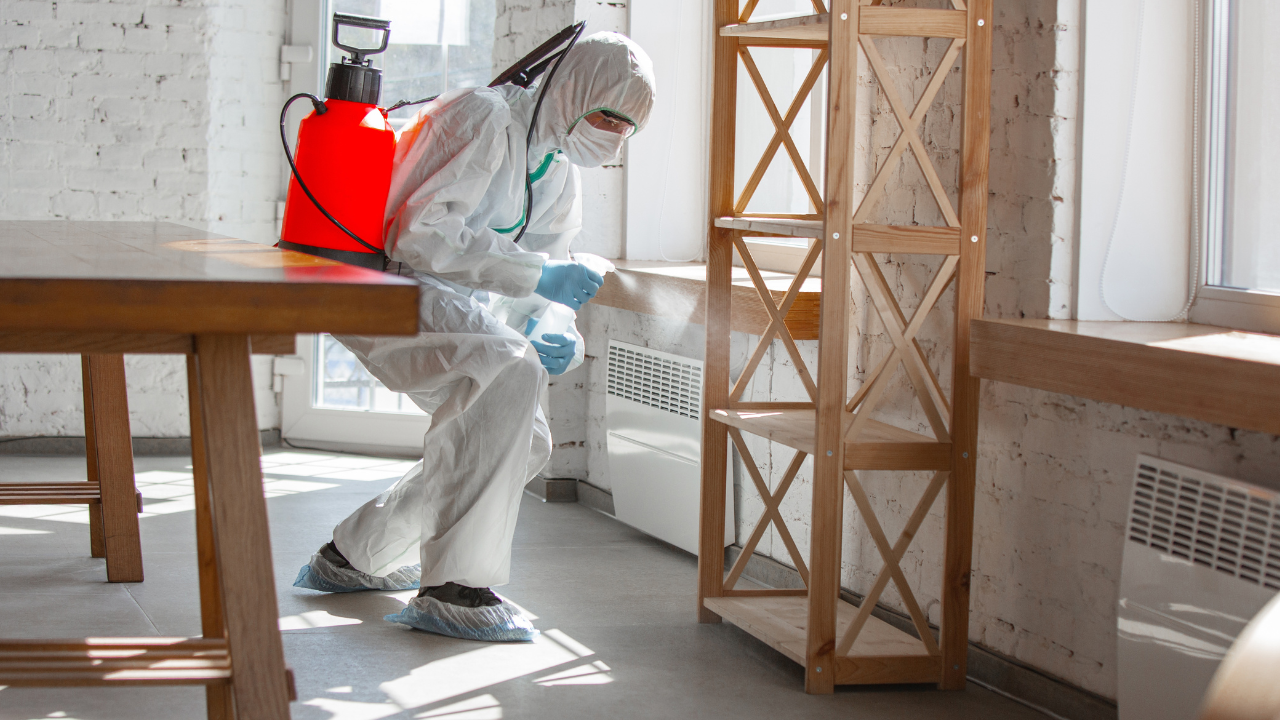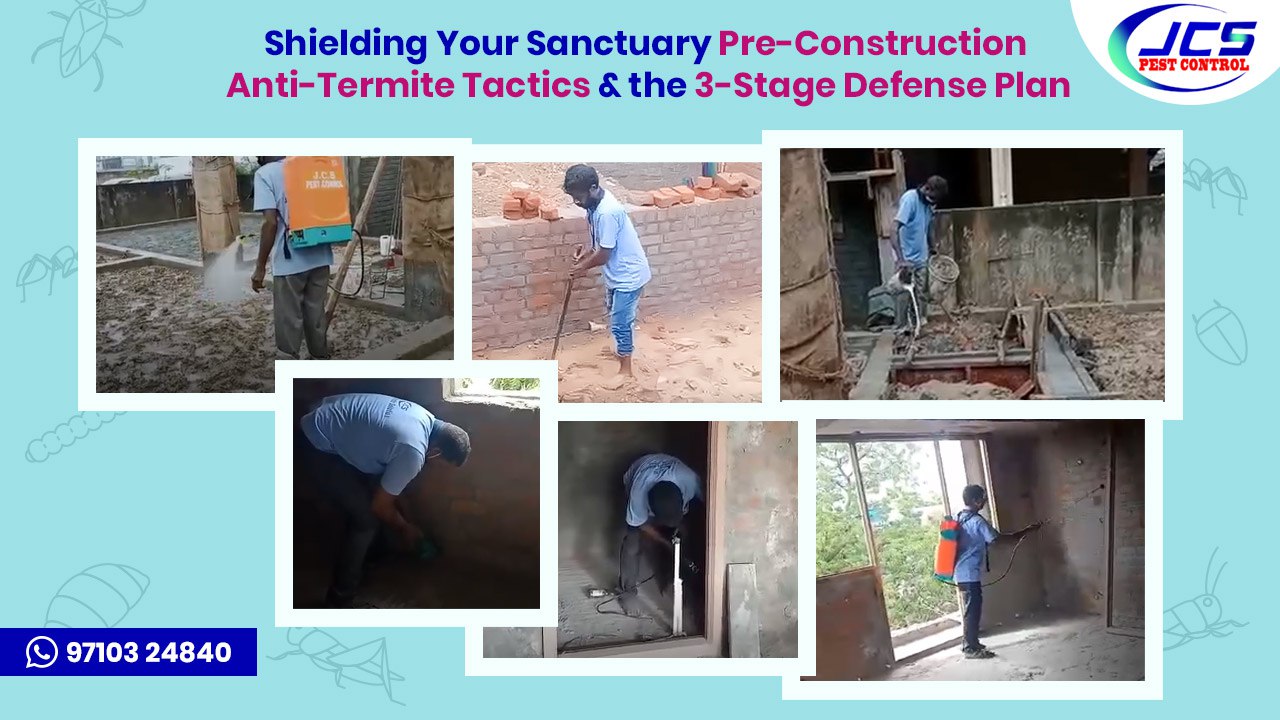Termites are notorious pests that can wreak havoc on homes, causing extensive damage to wooden structures and compromising the integrity of buildings. While termite infestations are a concern during construction, they can also occur after a building is completed. Post-construction termite infestations pose a significant threat to homeowners, requiring vigilance and proactive measures to prevent and mitigate damage. This article will explore the post-construction termites and discuss strategies for identifying and preventing infestations.
Types of Post-Construction Termites
1. Subterranean Termites: Subterranean termites are among the most common termites found in post-construction infestations. These termites build mud tubes to access wooden structures, traveling from the soil to the building’s foundation. Subterranean termites feed on cellulose-based materials, such as wood, paper, and cardboard, causing structural damage over time.
2. Drywood Termites: In contrast to subterranean termites, drywood termites don’t rely on contact with soil for their survival. Instead, they infest dry wood found in walls, furniture, and structural components of buildings. Drywood termites can enter homes through cracks, gaps, or openings in the exterior, making them a common post-construction threat.
3. Dampwood Termites: Dampwood termites thrive in moist environments and are attracted to water-damaged wood. While they are less common in post-construction infestations compared to subterranean and dry-wood termites, damp wood termites can still pose a threat in areas with high humidity or water leaks.
Identifying Post-Construction Termite Infestations
Best Termite Control In Chennai detecting termite infestations in a post-construction setting necessitates keen observation and a thorough understanding of the signs indicative of termite activity. Here are some common indicators of termite infestations:
- Mud Tubes: Subterranean termites construct mud tubes along the foundation, walls, or other surfaces to provide moisture and protection as they travel between their nest and food sources.
- Swarmers: Winged termite swarmers, also known as alates, may emerge from infested areas during the mating season. Swarming termites are often mistaken for flying ants but can be distinguished by their straight antennae and uniform body shape.
- Wood Damage: Termite infestations can cause wood to become hollowed out or weakened, leading to visible damage such as sagging floors, buckling walls, or hollow-sounding timber.
- Frass: Drywood termites push out fecal pellets, known as frass, from infested wood. Accumulations of frass near wooden structures may indicate a dry wood termite infestation.
Preventing Post-Construction Termite Infestations
Preventing post-construction termite infestations requires a multifaceted approach that addresses conducive conditions and implements protective measures. Here are some strategies for preventing termite infestations:
Regular Inspections: Conduct routine inspections of your property to detect signs of termite activity early. Pay attention to moisture-prone areas, such as basements, crawl spaces, and attics.
Moisture Control: Reduce moisture levels in and around your home by fixing leaks, improving drainage, and ensuring proper ventilation. Termites are attracted to damp environments, so controlling moisture can help deter infestations.
Chemical Treatments: Chemical treatments involve the application of liquid termiticides around the perimeter of the home or directly onto infested areas. These treatments create a barrier that prevents termites from entering the structure or eliminates existing colonies. Homeowners can opt for professional treatment services or use DIY products available in the market.
Termite Baits: Termite baits are an effective method for targeting termite colonies. Baits consist of cellulose material laced with slow-acting toxins that are consumed by termites and spread throughout the colony, ultimately leading to its eradication. Baits are placed strategically around the property and require regular monitoring and maintenance.
Securing Entry Points: Ensure cracks, gaps, and openings in the foundation, walls, and roof are sealed to thwart termite intrusion into your home.
Wood Treatments: Wood treatments involve applying insecticides or preservatives directly to wooden structures to deter termites. Pressure-treated lumber, which is infused with chemicals that repel termites, can be used for construction or as replacements for damaged wood. Additionally, homeowners can apply wood treatments to exposed wooden surfaces as a preventive measure.
Termite Treatments: Consider applying termite treatments, such as liquid termiticides or bait systems, to protect your home from termites. Consult with a professional Chennai Pest Control to determine the most effective treatment option for your property.
Post-construction termite infestations can pose a significant threat to homes and buildings, causing costly damage and compromising structural integrity. JCS Pest understands the types of post-construction termites and by implementing preventive measures, homeowners can safeguard their properties against termite infestations. Regular inspections, moisture control, sealing entry points, and termite treatments are essential components of an effective termite prevention strategy. JCS Pest Control taking proactive steps to protect your home, you can minimize the risk of termite damage and enjoy peace of mind knowing that your investment is secure.



